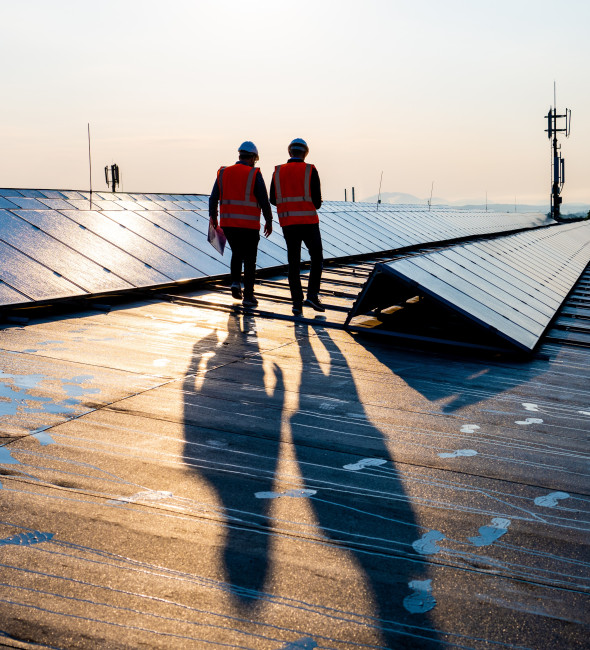Every system shift we track and target should reflect equity considerations, but economic and financial inclusion represents an important shift in itself that enables all systems to become more just.
A just transition toward a decarbonized, sustainable economy will result in more inclusivity and fairness than the high-carbon, unsustainable economy it leaves behind. It will give underserved and marginalized groups new economic opportunities for high-quality employment and enable their participation in the benefits of thriving, sustainable industries.
Climate justice can be seen through both international and subnational lenses. Internationally, developed countries need to support developing countries in their efforts to create a climate- and nature-positive economy. The new international commitment to mobilize at least $300 billion of climate finance for developing countries by 2035 is a positive step forward, yet it remains significantly short of what is needed. Within countries, governments should track the distribution of climate finance flows and the outcomes of growth in a decarbonized and sustainable economy, and ensure that the benefits are widely and fairly shared.
A just transition should also offer options to expand financial inclusion, especially to underserved and marginalized groups. Populations are often excluded from financial services due to a range of factors, including race, gender, age, income, occupation and geography. This inequity is found in lower-income countries as well as higher-income countries. Though many of these communities contribute comparatively little to global greenhouse gas (GHG) emissions, they are likely to be hit hardest by the effects of climate change and biodiversity loss.
Financial inclusion is an important development goal in its own right, and it can protect vulnerable communities and allow all people to further share in the benefits of the transition to a low-carbon economy and the protection of nature. When people have access to financial resources like bank accounts and well-regulated lending, it helps them build financial security and makes them more resilient to economic shocks, including those caused by climate change impacts, biodiversity loss or other failures of natural systems. They may also be more capable of taking advantage of low-carbon technologies.
Financial services can’t replace the natural systems on which people rely, but families and communities can use such services to rebuild damaged properties, migrate to a stable area, prepare for the next extreme weather event, switch to cleaner energy sources, adopt climate-resistant agricultural practices, or otherwise adapt to a changing environment.
Increasing the share of the global population that is included in the regulated financial system will require efforts from both the private and public sectors.
Private financial institutions will need to expand their presence in remote and rural areas and broaden lower-cost services, such as mobile money. Public financial institutions will need to adopt financial inclusion strategies, help finance infrastructure (such as internet services), and directly provide financial services themselves. Financial services must also be carefully regulated to avoid predatory financing.
This webinar recording features a high-level discussion with finance leaders on how to unleash far more finance to tackle the climate crisis and accelerate sustainable development.

